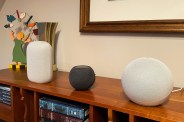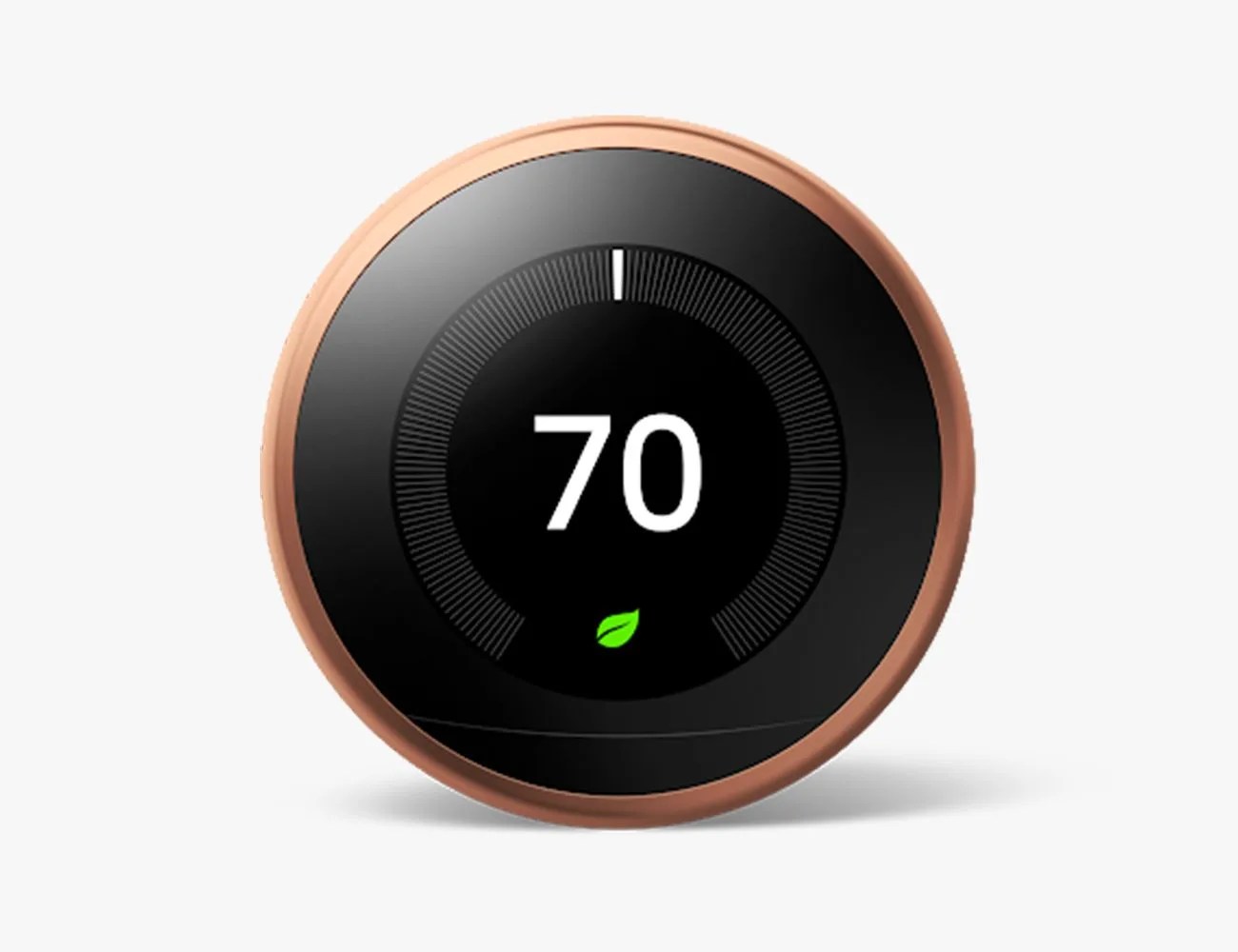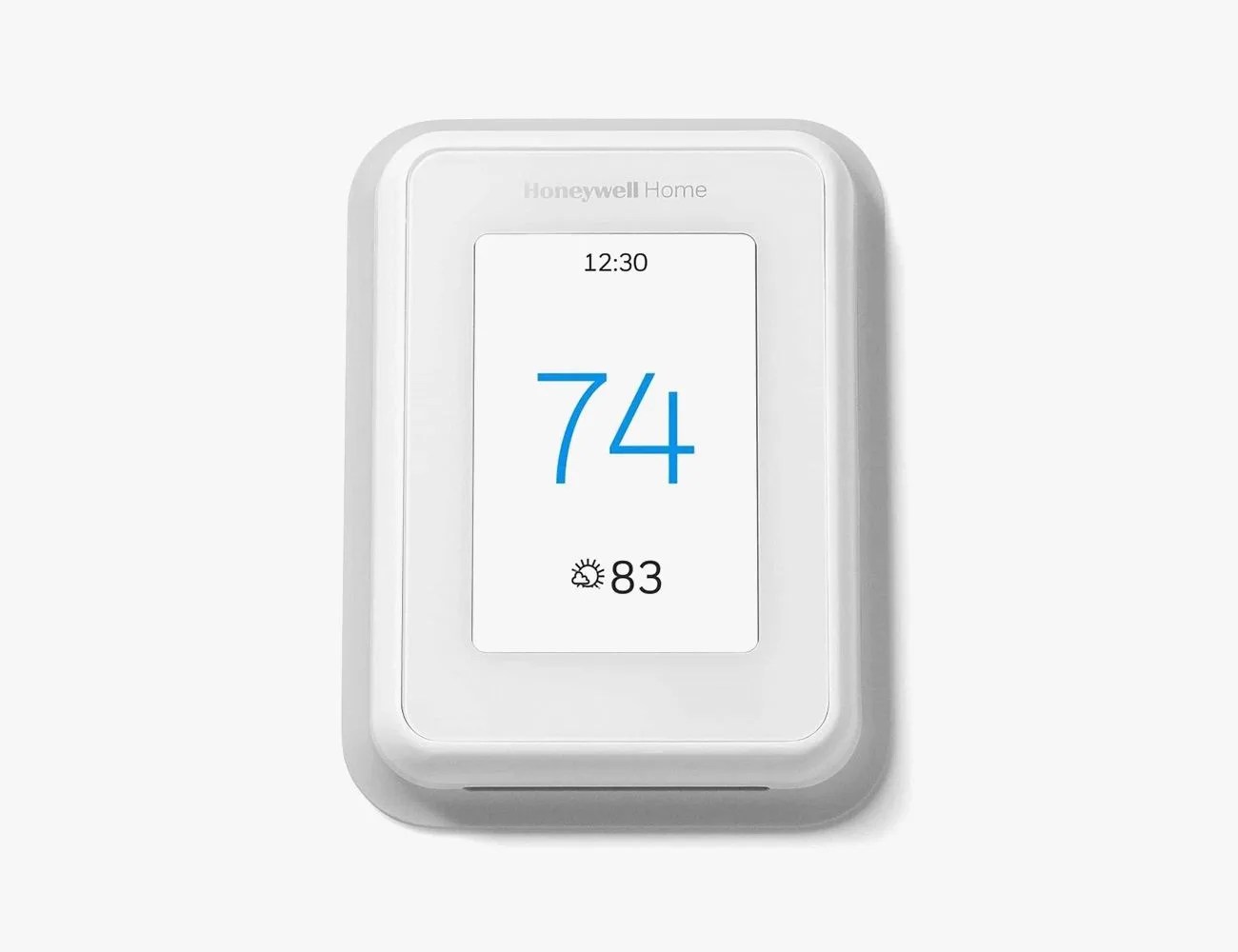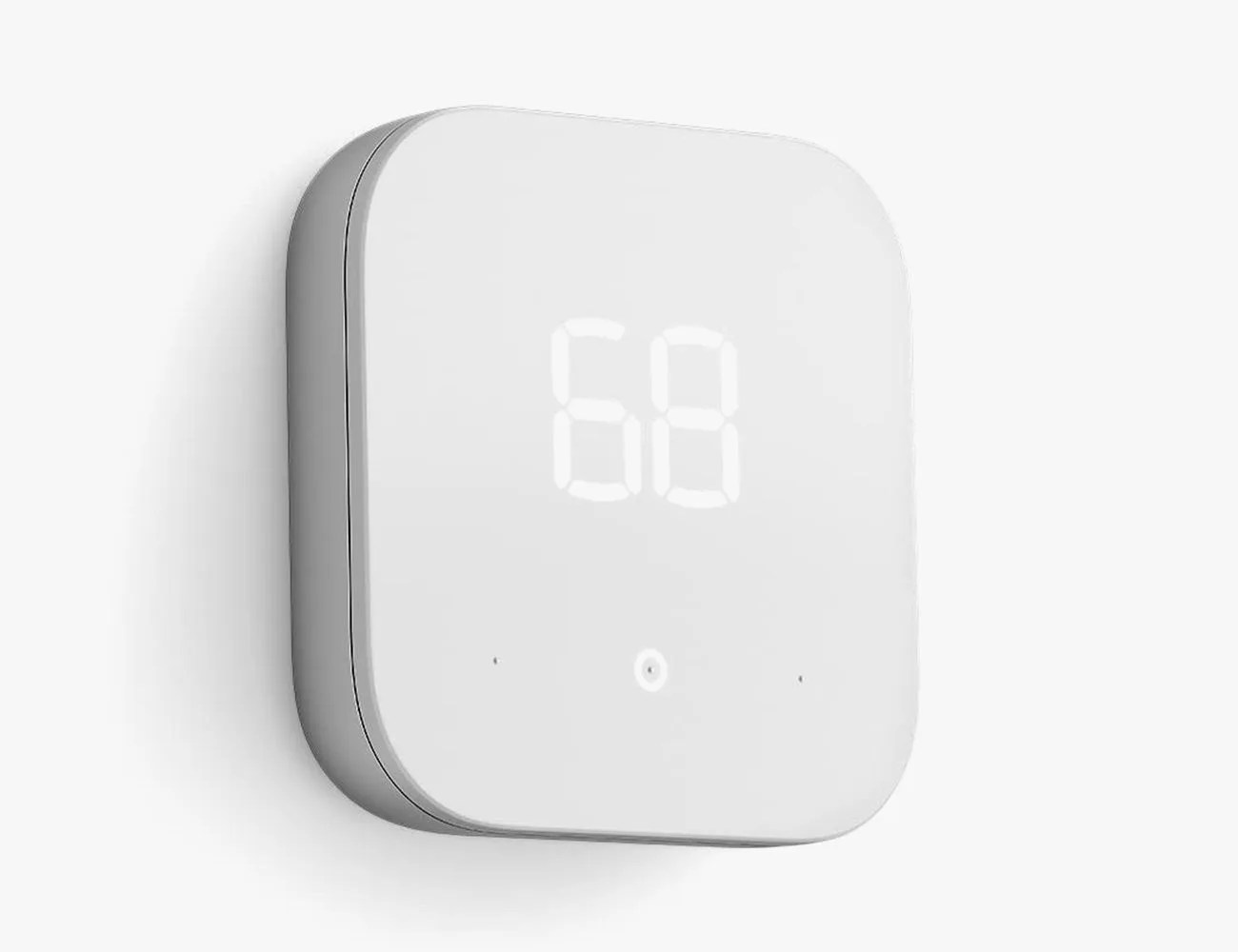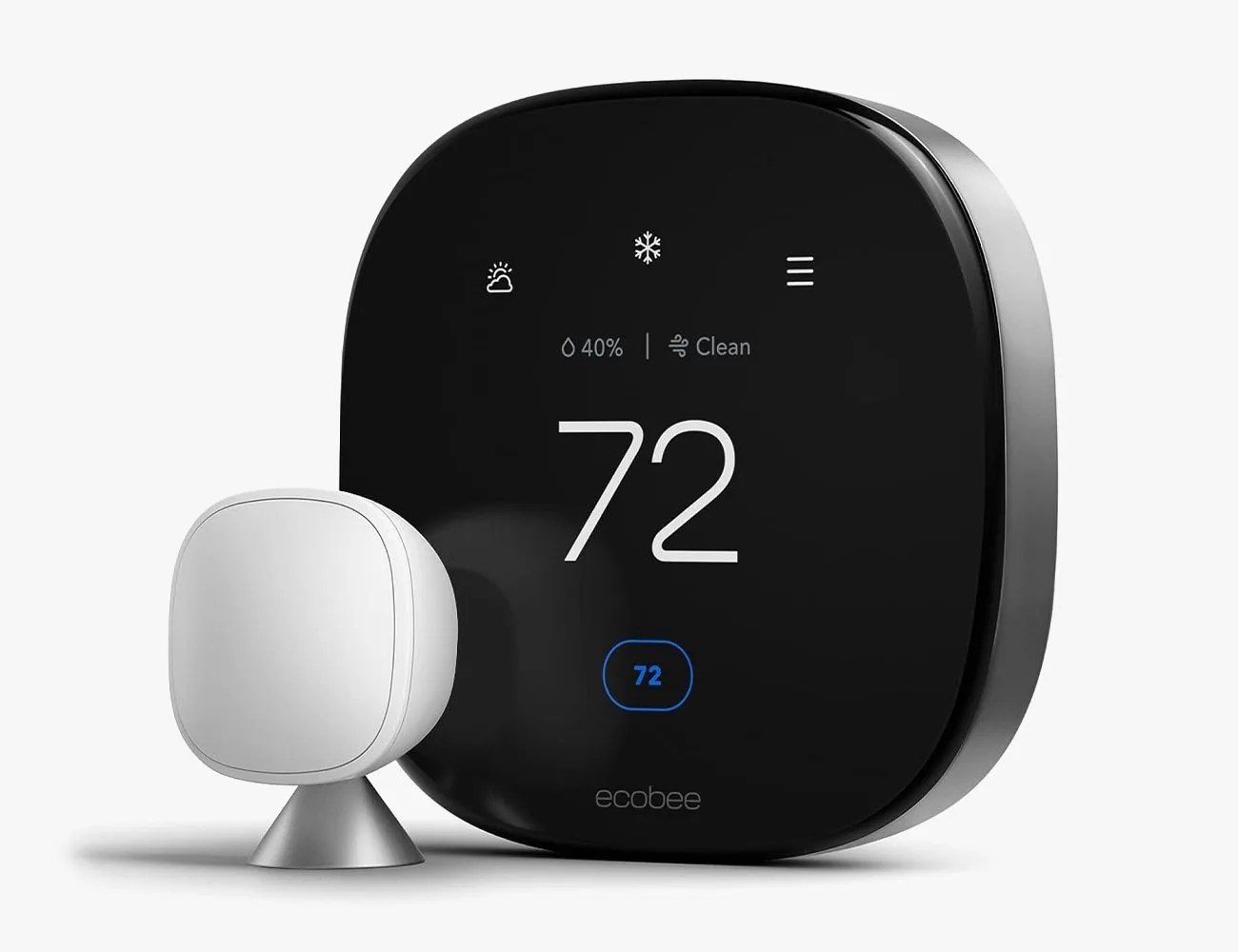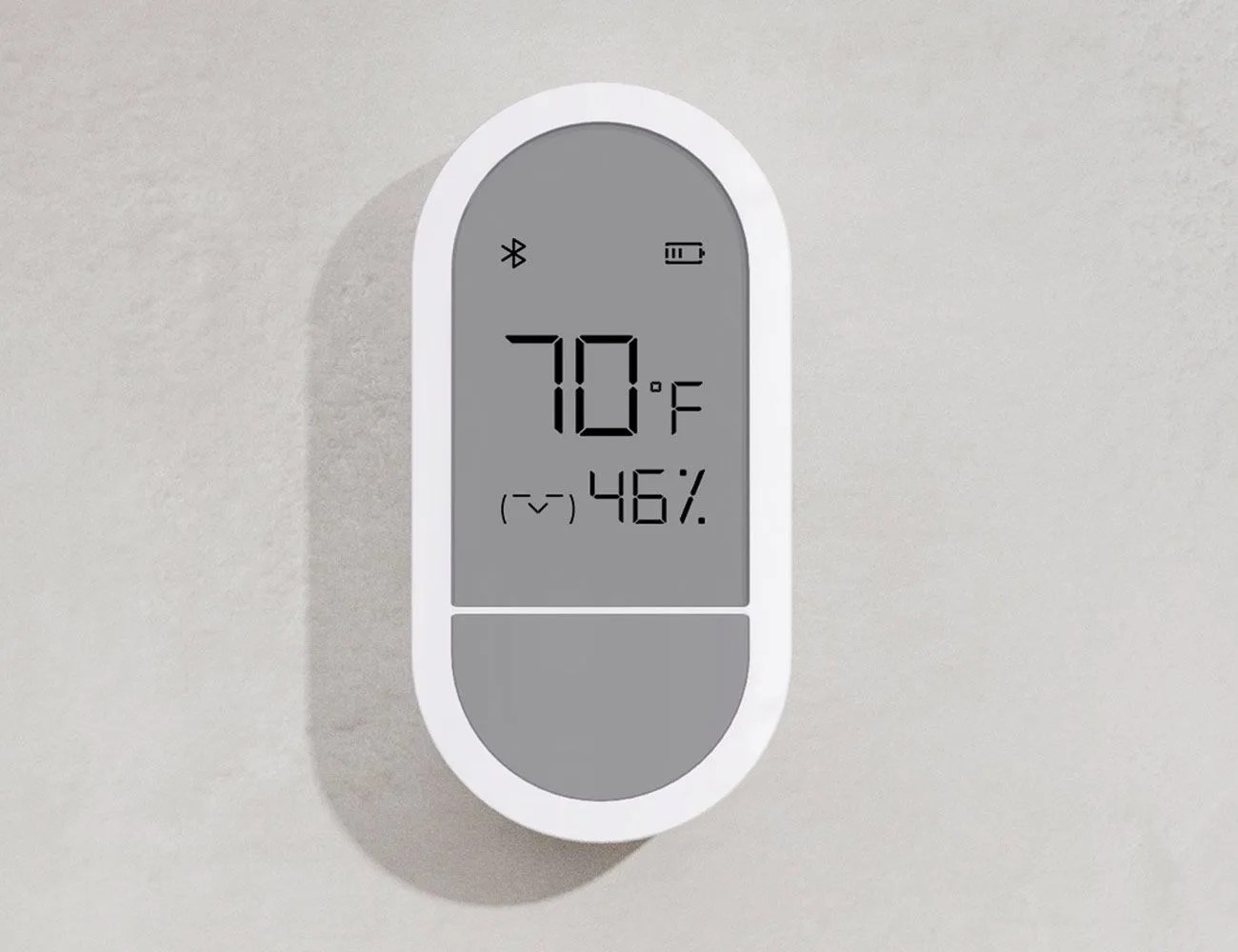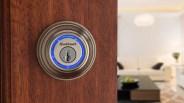Smart thermostats can make your home more energy efficient and save you $100 or more per year in heating and cooling costs. They let you control the temperature of your home remotely and can be integrated with your other smart home devices. Some can even automatically learn your habits or work with voice control.
Products in the Guide
But unlike many smart devices, smart thermostats require a bit of prep to make sure they’ll work with your existing appliances. Before investing in a thermostat, you’ll have to get up to snuff on what HVAC system your home uses. If your home uses separate heating and cooling systems, you may need a separate device for each.
What to Consider
Smart ecosystem
It’s very important for you to buy a smart thermostat that’s compatible with your existing smart home ecosystem — whether that be Amazon’s Alexa, Google Assistant or Apple’s HomeKit — because it’ll just make your life easier. You’ll be able to control it via an app you already use on your smartphone and you might even be able to adjust your temperature using your voice.
Does your HVAC have a C-wire?
Most smart thermostats require a common wire — or C-wire — installation, which it needs to stay constantly connected to a home’s Wi-Fi. The good news is that most new HVAC systems have C-wires, which are fairly easy to install yourself. If you have an older HVAC system you may have to jump through some more hoops to make a smart thermostat work for your home (as Consumer Reports explains).
Smart features
In addition to having a nice touchscreen interface and being compatible with multiple smart home ecosystems, another thing that drives up the price of a smart thermostat is if it can automatically adjust the temperature based on your location. The more advanced smart thermostats use geofencing (for your smartphone’s location) or various motion sensors to detect whether you are home or not.
How big is your home?
Larger homes with multiple floors may have multiple heating and cooling systems to control the different areas of the house all at the same time. In those cases, you’ll likely need to buy multiple smart thermostats, as one is required to control each of the different areas and its individual heating and cooling system.
Who’s installing it?
If you don’t want to install the smart thermostat yourself, or you don’t know the answers to the above questions, you can hire a professional to do it for you. A number of retailers, such as Best Buy, Home Depot and Amazon, let you purchase this installation when you buy a smart thermostat.



